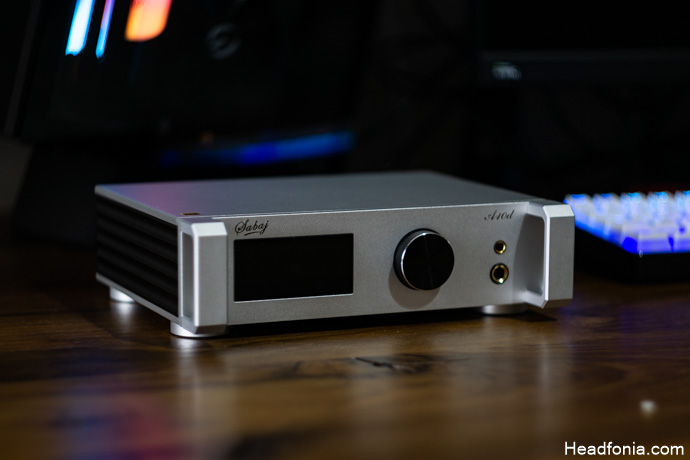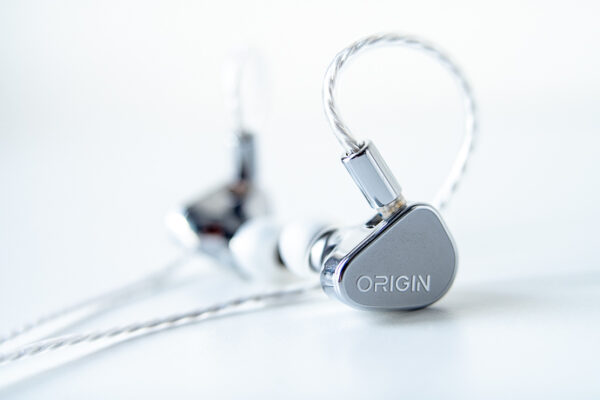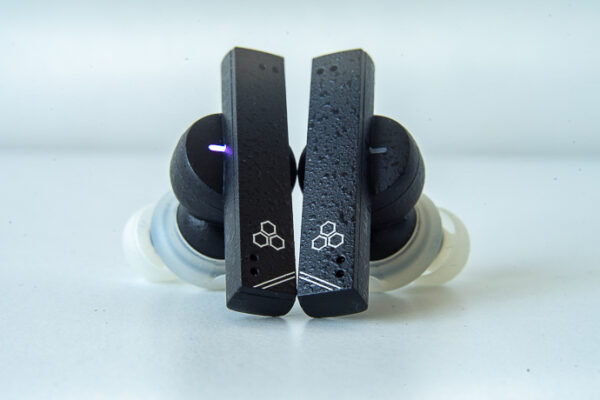If Google sent you here directly, go to the start to the article here: https://www.headfonia.com/sabaj-a10d-review/
Sound
Intro
Let’s start with the A10d’s sound signature. The DAC sounds clean, detailed, and balanced to my ears. There is little to no coloration or saturation so the DAC sounds neutral. The tonal balance is quite good, there are no unwanted dips or peaks. The DAC & AMP sphere is getting crowded with very good units, we will be comparing the A10d to a few DACs in the comparison chapter and you will have a better understanding of its position on the ladder. Let’s take a closer look.
Low
The A10d has a clean, snappy, bass response that can reach low and hit hard when the track asks for it. The body is very good as well, bass-based instruments feel realistic and there are slight hints of warmth, especially around the mid-bass region. The lows are textured, detailed, and impressive for the price. The bass can keep up with fast tracks with ease and scales well with advanced multi-BA monitors such as the VE7.
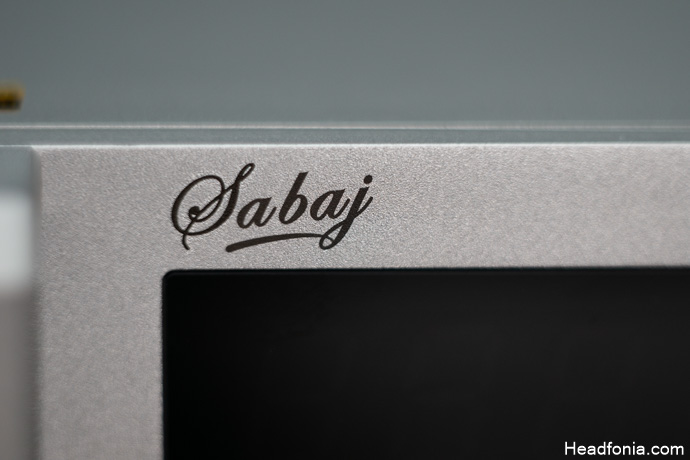
Mid
The transition from the low to mid-range is smooth and feels effortless. The unit reflects the headphone or the IEM you pair it with, therefore, pairing it with a highly resolving IEM really unlocks all of its abilities. The midrange A10d offer is detailed, resolving, and articulate. Both male and female vocals sound very good. The timbre feels natural, especially with reference monitors, so the DAC is doing what it is created for, conveying the track as it is, without manipulation, saturation or limitation. The note weight feels balanced, it is not too light or too bold. The upper mids are energetic and controlled. The extension is great, too. Pairing the A10d with Focal 80s was really fun. I am very fond of Focal’s midrange performance, and the A10d complemented it delightfully.
High
The treble is very well done, like the rest of the spectrum. The A10d has a clean, resolving treble with good extension. The resolution is impressive for the price and the presentation feels spacious thanks to the successful treble performance. Pairing it with the EST-equipped IEMs such as the Monarch MK2 makes up a great combo with very energetic, vivid highs. If we go ahead and pair the HE-R9 with the A10d, we get a warmer treble presentation with limited extension. The A10d reflects. When you pair it with an equally capable monitor, the entire range feels balanced, neutral, delicate, and airy.
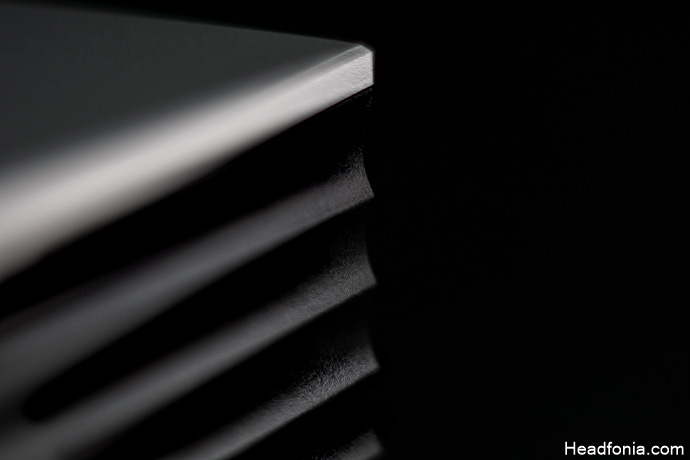
Bluetooth Capability
Sabaj states that the A10d comes with the ‘latest’ Bluetooth chip from Qualcomm, however, does not disclose the exact part number. This undisclosed chip was very stable throughout my tests. I always force 990 kbps using the LDAC codec and listen for extended periods of time. I haven’t experienced any drop-outs or signal instability with the A10d. The range is also as expected around 5-8m. If you let the LDAC codec dynamically adjust the rate, you can enjoy a range of 15m but I personally am after all the kilobits there are.
The A10d supports AAC, SBC, AptX, AptX HD, and LDAC. Note that not all Apple devices support LDAC or aptX. The pairing process was quite straightforward and hassle-free. My Android 12 phone detected the LDAC codec immediately and was ready to stream.
Technical Capability & Wireless Performance
The A10d is a capable DAC. It can easily rival some of the best DACs of 2021, costing perhaps more than twice its price tag. However, 2022 is even tougher than 2021. The competition is fierce and Shenzhen’s domination is undeniable. So where does the A10d stand?
Well, for starters, A10d shows good resolution and features a neutral, balanced signature across the spectrum. The detail retrieval and transparency are impressive. However, the A10d does not feature an incredibly wide stage. Instead, it offers a medium-sized stage with good instrument positioning and layering. The stage is not very large in terms of both depth and width but instrument separation is great so you feel the air. I can say that the unit stays faithful to the acoustical characteristics of the recording space so there is no ‘exaggeration’ of any sort. Furthermore, the A10d offers good PRaT performance and handles complex passages adequately. Thanks to its good tonal balance, the reproduction feels coherent across the spectrum.
As for the wireless performance, I tested the unit in both LO and HPO modes. I paired the A10d with my Focal Alpha 80 reference monitors and my daily driver IEM, the VE7. I streamed Qobuz and Tidal via the LDAC codec. The wireless performance is satisfactory, the sound quality was very good, not as good as wired but almost there. I felt like some of the oomph and dynamism were missing but it can totally provide a good, complete listening experience when you think about the increased convenience.
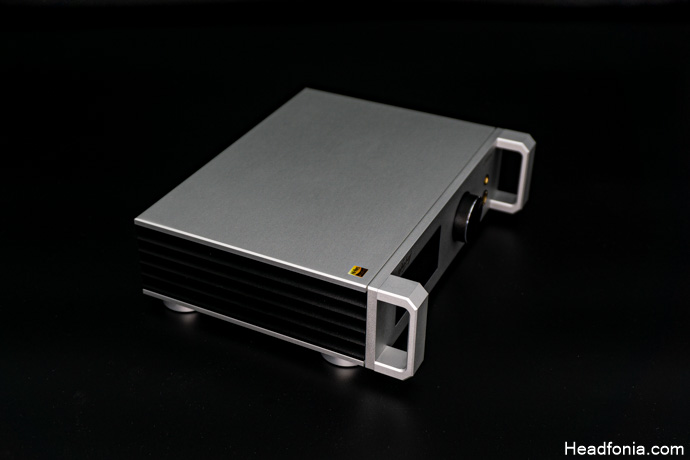
Comparisons
Topping DX5 ($449 USD)
The Topping DX5 is the new HFN award holder in sub-500 price bracket. It packs a serious punch in an elegant package. The A10d is capable of delivering 1 watt of power into a 32-ohm load while the DX5 can dish out 1.5 watts of power. Size-wise it is bigger and heavier than the DX5. They both have an elegant design but I like the DX5 slightly more, however, the aesthetic aspect is of course, highly subjective. The DX5 offers more power and has a slightly better DAC chip inside.
As for the sound quality, I would put the A10D between the DX5/D40 and the DX3 Pro+. If we directly compare DX5 and the A10D, the DX5 offer slightly better PRaT, a slightly wider stage, and better separation. Also, the DX5 feels more resolving overall. Note that the DX5 costs $150 USD more.
Topping DX3+ ($199 USD)
The Topping DX3+ is a serious rival that is priced very competitively. It performs really well and punches above its price bracket. It can dish out around 1.5w of power into a 32-ohm load and that is more than what A10d is offering. Both of the devices come with similar audio configurations with the dual ES9038Q2M DAC chips. The A10d is much larger and a lot heavier than the DX3+. The DX3+ does not feature a rich I/O like the A10d but don’t forget that it is $100 cheaper.
Performance-wise both of the units are very good. The A10d sounds slightly more vivid and dynamic, however, the difference is not night and day. If you not planning to use the XLR LO of the A10d, you can be very happy with DX3+ too.
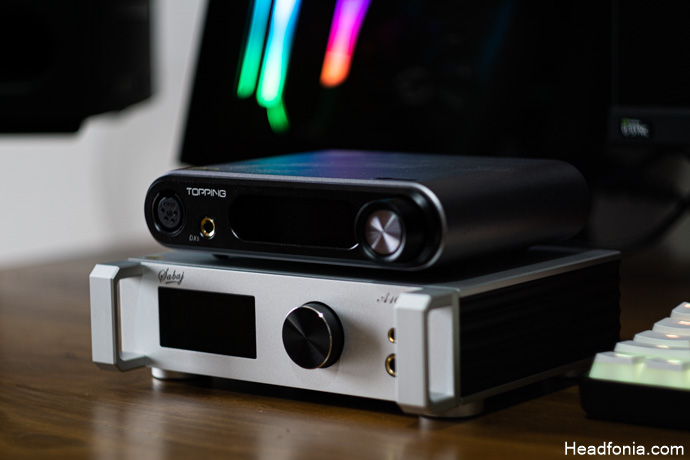
Last Words
Sabaj’s A10d 2022 is a well-designed all-in-one solution that you can use in a variety of ways. In its 2022 line-up, Sabaj has completely changed the design lines and succeeded in producing more elegant, more stylish-looking devices.
The A10d is a very good product both in terms of sound quality and in terms of aesthetics and ease of use. The A10d is a big step in the right direction, keep them coming Sabaj!
Page 1: Sabaj, Sabaj A10d, Packaging & Accessories, Design & Build Quality, Controls & UI, Power Delivery
Page 2: Sound, Low, Mid, High, Bluetooth Capability, Technical Capability & Wireless Performance, Comparisons, Last Words





